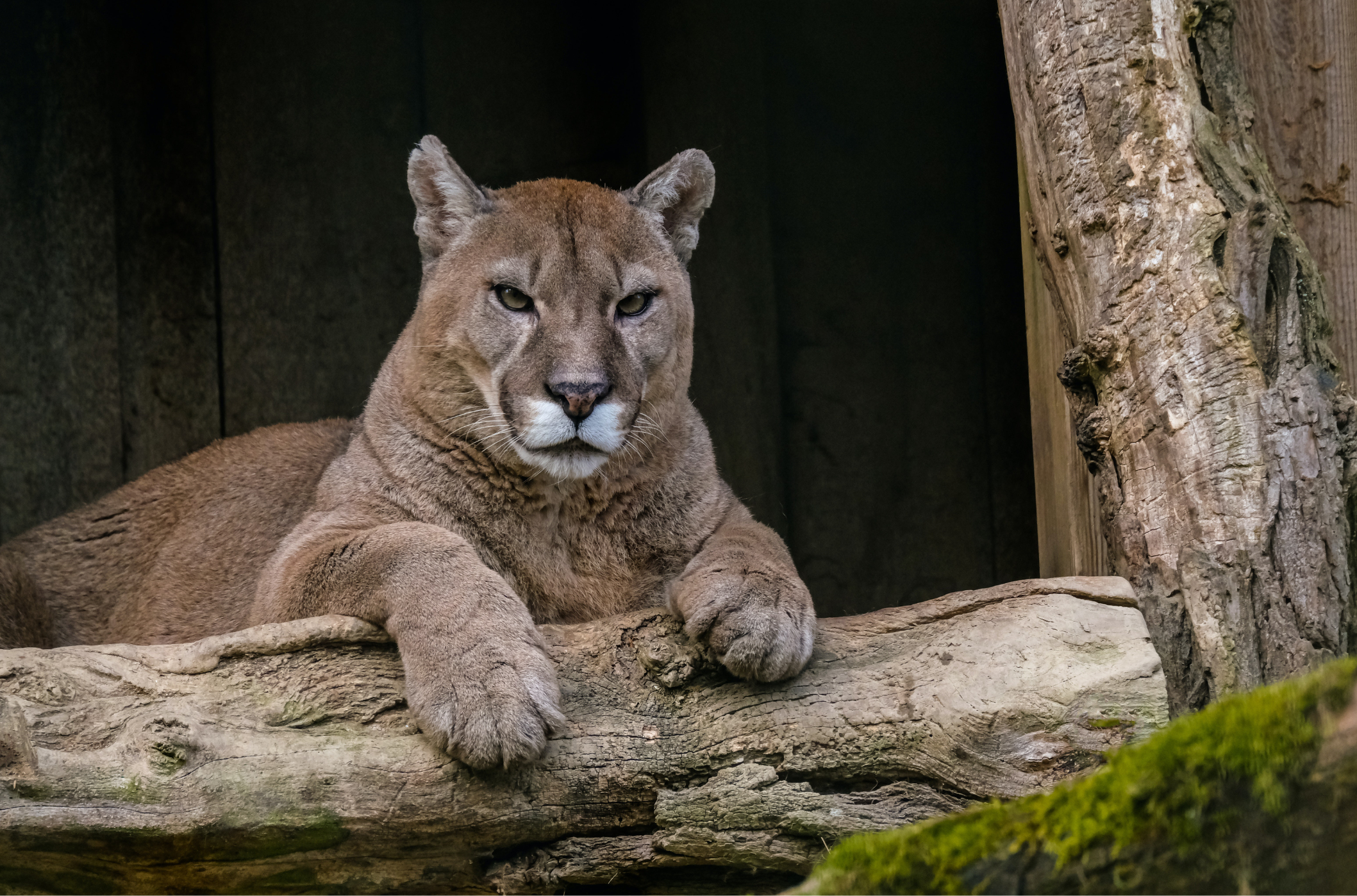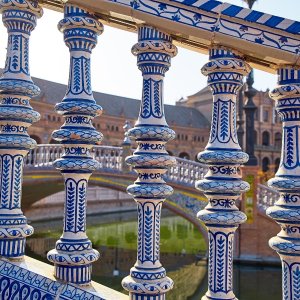If a mountain lion is nearby, you will notice that an unnerving silence settles in. The hair on your neck will stand up and your skin will tingle. It's the feeling of being stalked.

This is how Vancouver Islanders often describe their encounters with this feline. Here, anecdotes about cougars are not uncommon, as it is the place in the world with the highest density of this animal. Unfortunately, the anecdotes are not characterized by happy endings because, throughout history, we have not had a good coexistence with them. Vancouver Island has had more cougar attacks than any other region in North America.
From the beginning of European colonization, cougars and humans came into conflict. These predators were considered detrimental and had to be eliminated to create a safe environment for European domestic animal imports.
But cougars were not an easy prey to exterminate, and not only because of their elusiveness. As settlers cleared land, this encouraged the growth of deer populations, their main prey.Cougars were classified as vermin on Vancouver Island from 1849 to 1966. Many people thought there was only one good use for a cougar: a floor mat. In fact, on this island the government paid up to $40 per cougar shot and an average of 135 cougars were killed per year.
When the bounty system was finally suspended in 1957, the government's Predator Control Branch took over the role of exterminating the pumas, which were reclassified as "big game". Until that time, predators were not considered game animals because they were not hunted for pleasure, but out of a desire to protect livestock.
The view of pumas began to change in the mid-20th century. As urbanization and economic growth moved people off farms, pumas came to be considered part of the wilderness. This change was by no means a clean break. It involved a clash between a scientific view that defended the ecological value of predators and the rural tradition that held that predators were a threat.

The situation today is very different from that of yesteryear. Instead of the government paying to exterminate pumas, resident hunters have to pay more than $60 if they want to hunt the feline. Non-residents must be accompanied by a licensed hunting guide and pay more than $7,500. Today, Vancouver Island is a destination committed to environmental sustainability and has been certified by Biosphere.
Although cougars have been persecuted for nearly two centuries on the island, they have managed to maintain a healthy population. It is estimated that there are currently between 300 and 800 pumas on the island. These animals have proven to be a tough nut to crack and are never fully under human control.
It is a twilight hunter, with thick padded legs and retractable claws, which is why it is sometimes called the "shadow cat". On Vancouver Island they take refuge in the dense undergrowth of the rainforest and manage to elude even the scientists who study them.They are also very adaptable. Although deer are their main prey, they feed on any animal they can catch, from insects to moose. They have even been seen hunting seals and sea lions.
Since cougars will continue to live on Vancouver Island, the best thing to do is to learn to share space with them. Especially, tourists who arrive on the island and do not know how to behave with a cougar should be well informed. Encountering this animal is extremely rare, as they are very elusive, but sometimes it happens.
Researchers like Dani Thomson set out to work to minimize contact between tourists and pumas by studying the places where an encounter is most likely to occur. According to her, "Hot spots for puma sightings tend to be in places where human campsites are next to freshwater sources, which pumas also need".
If you're up for a visit to the beautiful wilderness of Vancouver Island, please check out the Vancouver Island Safety Guide first. If you are lucky enough to see one of these beautiful animals, remember how special they are and how much they contribute to the uniqueness of the Vancouver Island experience.













